#diamond and emerald
Explore tagged Tumblr posts
Text

Gold, emerald, diamond, and enamel signet ring with clock, crafted by Johannes Butz of Augsburg, Germany, 2nd quarter of the 17th Century AD.
#gold#emerald#diamond#enamel jewelry#signet ring#ancient history#ancient art#ancient jewelry#ancient#rings#gold rings#clock#germany#toya's tales#style#toyastales#toyas tales#fashion#art#summer#september#classic#classical art#fashion photography#jewelry#gold jewelry#fashion inspiration
6K notes
·
View notes
Text
Some memes with legendary/mythical pokemon






#pokemon#victiny#meloetta#rayquaza#jirachi#deoxys#xerneas#yveltal#zygarde#solgaleo#necrozma#darkrai#cresselia#hoopa#diancie#pokemon black and white#pokemon xy#pokemon diamond and pearl#pokemon emerald#zacian#eternatus#calyrex#pokemon sword and shield#pokemon sun and moon#pokemon memes
2K notes
·
View notes
Text
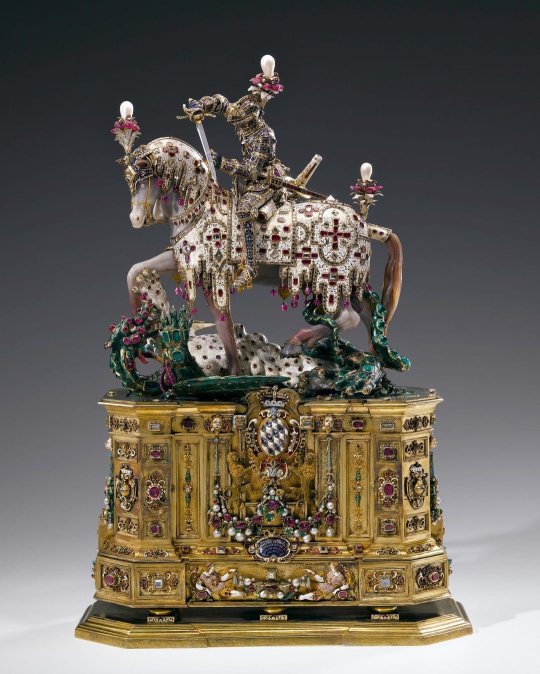
Statuette of St George
#st george#saint george#statuette#knight#knights#chivalry#dragon#jewellery#munich residence#treasury#german#germany#europe#european#medieval#middle ages#armour#visor#helmet#sword#gold#silver#diamonds#rubies#emeralds#opals#agate#chalcedony#pearls#precious stones
409 notes
·
View notes
Text
Emerald Spectacles from India, c. 1620-1660 CE: the lenses of these spectacles were cut from a single emerald, and the original, uncut stone weighed more than 300 carats
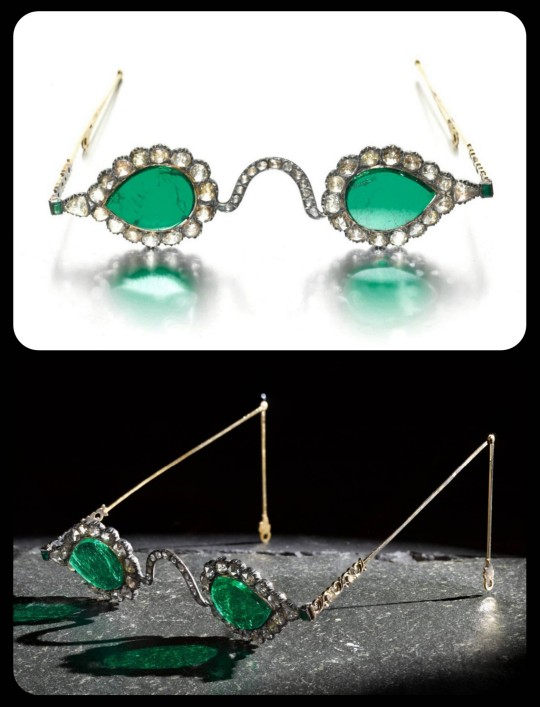
These eyeglasses are also known by the name Astaneh-e ferdaws, meaning "Gate of Paradise," based on the symbolic associations between the color green and the concept of spiritual salvation or "paradise." Those associations, which are rooted in Islamic tradition, were especially common in Mughal India.
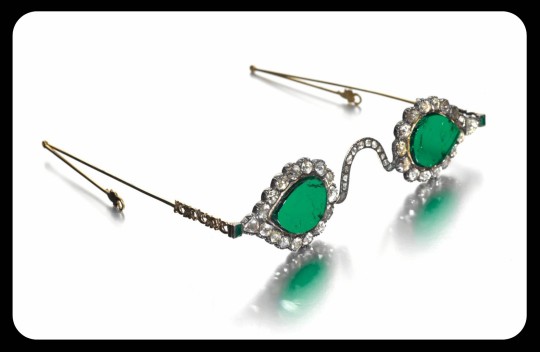
The lenses were crafted from two thin slices of the same emerald. Together, the lenses have a combined weight of about 27 carats, but given the precision, size, and shape of each lens, experts believe that the original emerald likely weighed in excess of 300 carats (more than sixty grams) before it was cleaved down in order to produce the lenses.
The emerald was found at a mine in Muzo, Colombia, and it was then transported across the Atlantic by Spanish or Portuguese merchants.

Each lens is encircled by rose-cut diamonds, which run along an ornate frame made of gold and silver. This diamond-studded frame was installed during the late 1800s, when modern stylistic elements were incorporated into the original pince-nez design.
The "Gate of Paradise" spectacles are often accompanied by a second pair of eyeglasses that were created during the same period, and they were almost certainly commissioned by the same person; these other spectacles are known by the name Halqeh-e nur, meaning "Halo of Light," and they feature lenses that were cleaved from a single diamond.
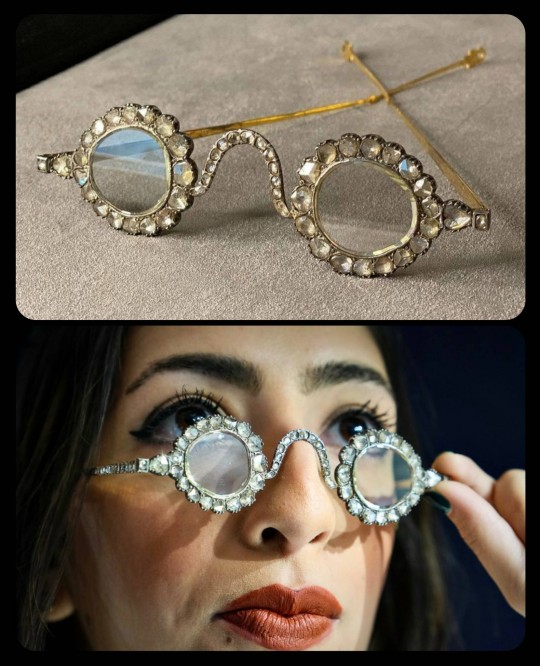
It's estimated that the original, uncut diamond weighed about 200-300 carats, which would make it one of the largest uncut diamonds ever discovered.
The lenses are so clear and so flat that they sometimes seem almost invisible.

Both sets of spectacles date back to the mid-1600s, and it's believed that they were commissioned by a Mughal emperor or prince. The identity of that person is still a bit of a mystery, but it has been widely speculated that the patron was Shah Jahan -- the Mughal ruler who famously commissioned the Taj Mahal after the death of his wife, Mumtaz Mahal. Shah Jahan ruled as the Mughal emperor from about 1628 to 1658.

The emerald and diamond lenses may have served some symbolic, sentimental, or cultural purpose, or they may have been chosen simply because they're pretty and extravagant. Their original purpose and significance remains unclear, but there is evidence to suggest that the spectacles were actually designed to be worn by someone.
Mystical properties have long been attributed to these spectacles; it's believed that they can promote healing, ward off evil, impart wisdom, and/or bring the wearer closer to enlightenment. Those beliefs mostly stem from Indic and Islamic traditions that associate each of the gemstones with specific spiritual qualities. Emeralds are associated with spiritual salvation, healing, cleansing, and eternal life, while diamonds are associated with enlightenment, wisdom, celestial light, and mysticism.
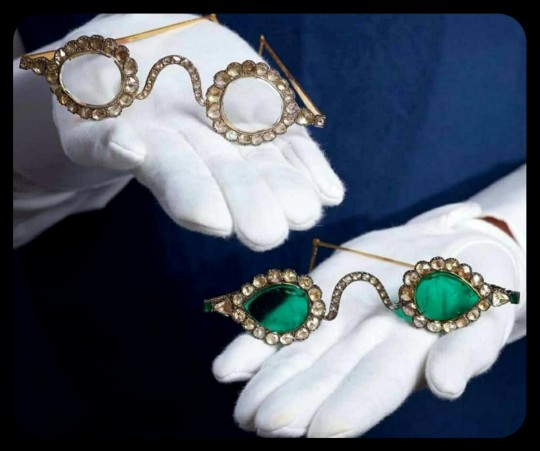
The "Gate of Paradise" and the "Halo of Light" spectacles were both kept in the collections of a wealthy Indian family until 1980, when they were sold to private collectors, and they were then put up for auction once again in 2021. They were most recently valued at about $2 million to $3.4 million per pair.
Sources & More Info:
Sotheby's: Mughal Spectacles
Architectural Digest of India: At Sotheby's auction, Mughal-era eyeglasses made of diamond and emerald create a stir
Only Natural Diamonds: Auspicious Sight & the Halqeh-e Nur Spectacles
The Royal Society Publishing: Cleaving the Halqeh-Ye Nur Diamonds
Gemological Institution of America: Two Antique Mughal Spectacles with Gemstone Lenses
Manuscript: From Satan's Crown to the Holy Grail: emeralds in myth, magic, and history
CNN: The $3.5 million Spectacles Said to Ward off Evil
BBC: Rare Mughal Era Spectacles to be Auctioned by Sotheby's
#history#archaeology#artifact#mughal#india#17th century#art#emerald#diamond#glasses#indian lore#islam#religion#mysticism#indian history#anthropology#spirituality#fashion
7K notes
·
View notes
Text


Art Nouveau 14k Gold Emerald and Diamond Green Man Ring
406 notes
·
View notes
Text

#pokemon#nintendo#gaming#video games#gba#ds#nintendo ds#hoenn#sinnoh#pokemon diamond and pearl#pokemon platinum#pokemon oras#3ds#pokemon emerald#pokemon bdsp#switch#nintendo switch#funny#lol#humor#meme#sonic#spongebob#anime#gameboy#gameboy advance#retro#00s#2000s#2000ish
2K notes
·
View notes
Text
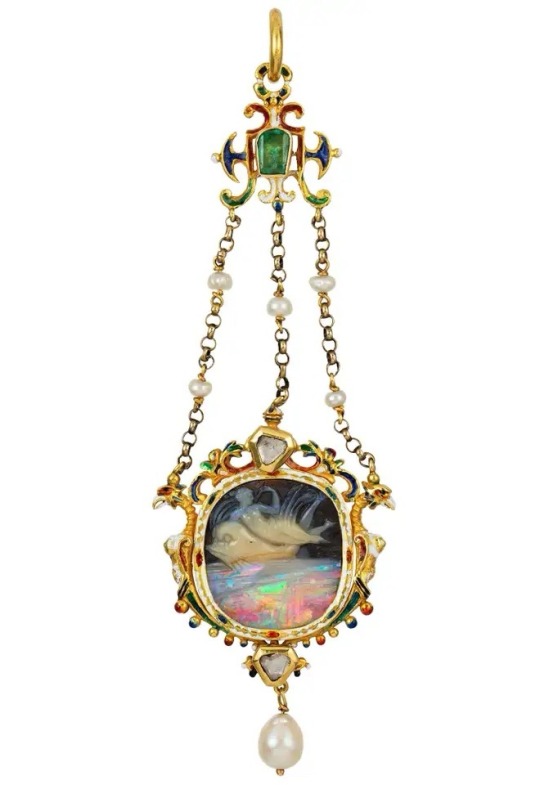
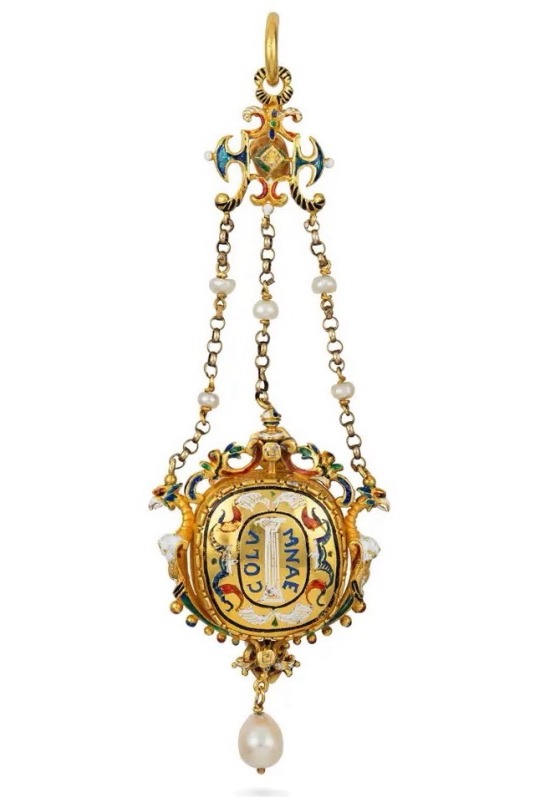

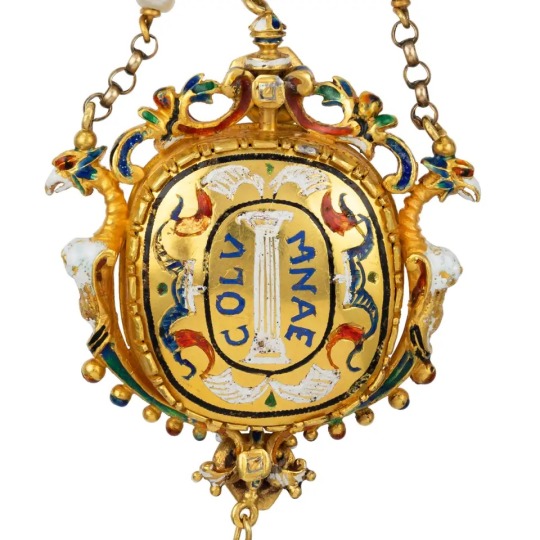
Renaissance Revival Carved Opal Cameo Pendant
#the cameo attributed to Wilhelm Schmidt depicting Arion riding a dolphin#62k$#1880s#1880#renaissance revival#carved opal#opal#cameo#pendant#emerald#fav#Diamond#enamel#person#animal#people#vintage jewelry#vintage#fashion#fine jewelry#jewelry#gold#antique jewelry#antiques
276 notes
·
View notes
Text









#3d puzzle#areyougame.com#toys#clear plastic#apple#duck#rubber duck#oyster#heart#diamond#ruby#emerald#squirrel#pyramid#png
433 notes
·
View notes
Text






if you want to see pages early, check out my patreon here: www.patreon.com/DyoComics
_ Transcript:
1:
Pink Pearl: It’s so good to see you again, Pearl.
2:
BP pausing for a moment, slightly surprised.
3:
BP: you too.
Blue AU logo
4-5: Pink Pearl takes a minute eyes closed to gather herself before turning back around to face Nora.
6: Pink Pearl: Pink wanted the same things as Rose. Rose Quartz shattered her greatest ally to gain power, and then lied to everyone about her to keep it.
7: Pink Pearl: (off-screen) And though we could never undo all the damage she’s caused-
8: Pink Pearl: We can at least end it.
9-10: Pink Pearl: So, will you join us?
11: Pink Pearls hand is outstretched to nora.
12: Nora looks unsure and nervous as everyone looks at her expectantly in cut-away panels.
#steven universe#steven universe au#nora universe#blue diamond#pearl#rose quartz#nora#carnelian#mom swap au#emerald#era 1 peridot#holly blue agate#mean lapis#nice lapis#lapis lazuli#blue pearl#pink pearl#pink diamond
173 notes
·
View notes
Text
Most embarrassing part about being from a country colonized by Portugal is that they did all that pillaging, slavery, and murder only to STILL be broke!!! Girl wtf!!! It’s like watching a person who can’t drive steal your car. Come on
#How are you broke after all the gold diamonds and emeralds you stole??#give our shit back if you don’t know how to use it like that’s just embarrassing#brazil#brasil#portugal#anti colonization#fuck colonizers
361 notes
·
View notes
Text
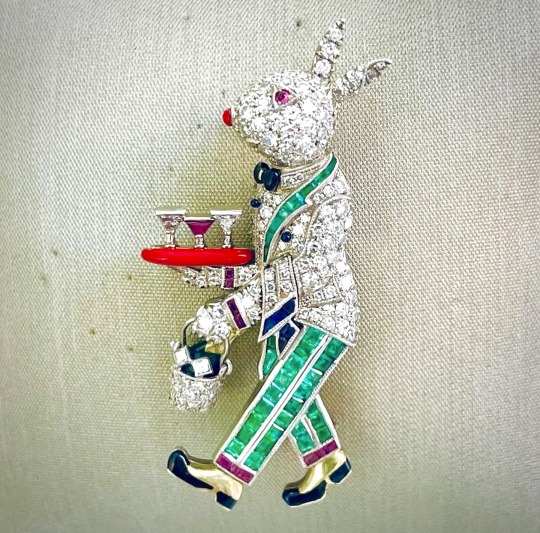
#higginsandcole#Jewel#jewelry#diamonds#emeralds#Easter#rabbit#pin#brooch#cocktail#drinks#drinks table#drinks tray
136 notes
·
View notes
Text
✩ ₊ ˚ . ⋆ ☾ ⋆ ⁺ ₊ ✧ㅤㅤㅤㅤㅤㅤㅤㅤgemstone ! readers ♡
there are girls who are forged into what they are today, and girls who become it on their own, with a little push in the direction to make them shine and glimmer as they do. sometimes, there are girls who are both; forged into the person they become, and beautiful as ever when they reach their true potential.
ㅤ ㅤㅤ6 MINI SERIES ─ 6 !READERS ─ 9 MEN . . . TO BE RELEASED AS FINISHED.

ㅤㅤㅤㅤㅤamethyst !ㅤㅤㅤㅤ༻ੈㅤ✩ㅤ‧ㅤ₊ㅤ˚



kryptonian ! reader !! made up of lightning and storm; the girl who stole jason teague's heart and captures clark kent's along the way, with a little bit of malice woven into it. find 𝒶𝓂𝑒𝓉𝒽𝓎𝓈𝓉 in SMALLVILLE'S MOST WANTED. ✩ㅤㅤㅤㅤㅤㅤforged with . . . royalty, wisdom, peace, protection.
ㅤㅤㅤㅤㅤopal !ㅤㅤㅤㅤㅤ༻ੈㅤ✩ㅤ‧ㅤ₊ㅤ˚



supe ! reader !! embedded into your dreams and kinetic to your mind and subconscious; soldier boy's one saving grace and safe place in the russian laboratories. find 𝑜𝓅𝒶𝓁 in DREAM STATE. ✩ㅤㅤㅤㅤㅤㅤforged with . . . hope, purity, good luck, fidelity.
ㅤㅤㅤㅤㅤaquamarine !ㅤㅤ༻ੈㅤ✩ㅤ‧ㅤ₊ㅤ˚



mermaid ! reader !! things were always a little odd in outer banks, though no one was more privy to it than your family & their secret life. apple of jj maybank's eye, and thorn in rafe cameron's side. find 𝒶𝓆𝓊𝒶𝓂𝒶𝓇𝒾𝓃𝑒 in JUST ADD WATER. ✩ㅤㅤㅤㅤㅤㅤforged with . . . serenity, harmony, balance, tranquility.
ㅤㅤㅤㅤㅤdiamond !ㅤㅤㅤㅤ༻ੈㅤ✩ㅤ‧ㅤ₊ㅤ˚



starlet ! reader !! hollywood's most infamous actress, an icon of our present time and a permanent figure in the decades before. jensen ackles's most beloved wife. find 𝒹𝒾𝒶𝓂𝑜𝓃𝒹 in THE SIX WIVES of JENSEN ACKLES. ✩ㅤㅤㅤㅤㅤㅤforged with . . . love, strength, eternal beauty, luxury.
ㅤㅤㅤㅤㅤemerald !ㅤㅤㅤㅤ༻ੈㅤ✩ㅤ‧ㅤ₊ㅤ˚



best friend ! reader !! the world has fallen apart, leaving few sane people left amongst a mix of dead and decay. dean winchester's first love and daryl dixon's willing liability. find 𝑒𝓂𝑒𝓇𝒶𝓁𝒹 in SERENDIPITY. ✩ㅤㅤㅤㅤㅤㅤforged with . . . rebirth, security, growth, prosperity.
ㅤㅤㅤㅤㅤruby !ㅤㅤㅤㅤㅤ༻ੈㅤ✩ㅤ‧ㅤ₊ㅤ˚



jailbird ! reader !! someone with more secrets than memories, it's no coincidence that you wind up in the world of underground street racing. jason todd's worst nightmare. find 𝓇𝓊𝒷𝓎 in SHUT UP & DRIVE. ✩ㅤㅤㅤㅤㅤㅤforged with . . . passion, wealth, vitality, success.

notes. ! reader series my beloveds !!! so excited to write 4 all of these <3 i will post each of the lil mini series as they finish and in the same time frame so there will be no waiting for me to wrap it up in 5 business months LOL JFKLSDJ pls lmk if u are excited about any of them in particular so i can prioritize them <3 !! love u all
tags. @titsout4jackles @honeyryewhiskey @ultravi0lence14 @figthoughts @theosaurous @stereotypicalbarbie @whyyouegg @eepwtf @rositaslabyrinth @rubyvhs @aileenunfiltered @abox-of-rocks @sunsbaby @bluemerakis @jollyhunter @misatxox @angelblqde @bombarda-babe @unfortunate-brat @funkycoloured @chevroletdean @chiierful @cowboysandcigarettes @voidsuites @bitchykittenconnoisseur @beausling @soldiersgirl @dulcescorderitas @hyacinnths @couturewinx @blushpinkdoll @mccartneyqp @svbnra @angelicalm3ss @nperoconelcositoarriba @impala67rollingthroughtown
#dahlia's ☆ journal#★ gemstones#amethyst!reader#opal!reader#aquamarine!reader#diamond!reader#emerald!reader#ruby!reader#clark kent#jason teague#soldier boy#jj maybank#rafe cameron#jensen ackles#dean winchester#daryl dixon#jason todd#smallville#the boys#the boys tv#outer banks#supernatural#spn#the walking dead#dcu#dc universe#dc comics#omfg this is a lot of tags
87 notes
·
View notes
Text





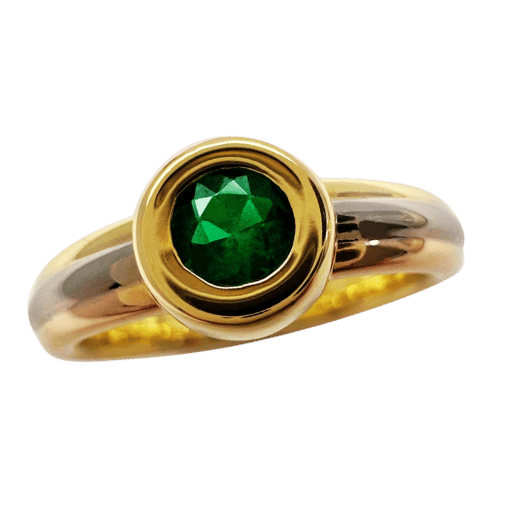




Diamond/emerald fine jewellery pngs!
Check out my pinterest account for more aesthetic inspo/nostalgia
Magicloopsdotart
Trinkkyy
#moodboard#transparent png#pngimages#clipart#carrd graphics#png#random pngs#rentry graphics#rentry decor#cute pngs#aesthetic icons#aesthetic images#emerald#diamond#luxury#fine jewelry#rentry recourses#rentry inspo#rentry stuff#carrd resources
51 notes
·
View notes
Text


Art Nouveau Diamond and Emerald Ring
162 notes
·
View notes
Text

#pokemon#anime#gameboy#90s#gaming#nintendo#video games#topegi#marill#kanto#pokemon red and blue#pokemon gold and silver#johto#blaziken#hoenn#pokemon ruby and sapphire#pokemon emerald#gba#gameboy advance#retro#nineties#00s#lucario#sinnoh#nintendo ds#pokemon diamond and pearl#pokemon bdsp#switch#nintendo switch#pokeani
697 notes
·
View notes